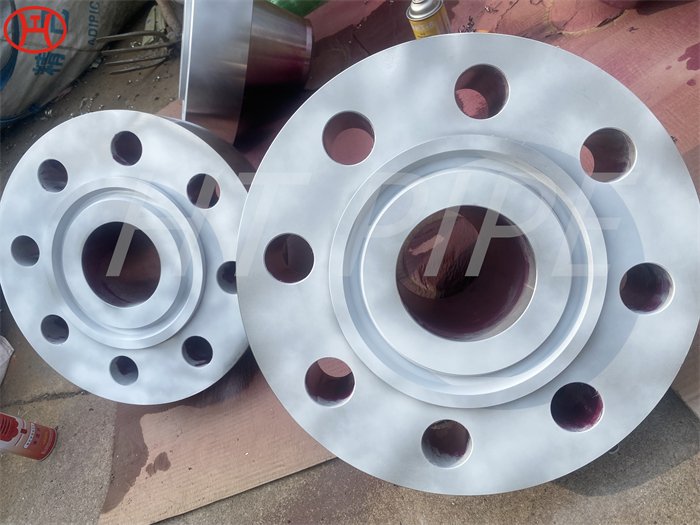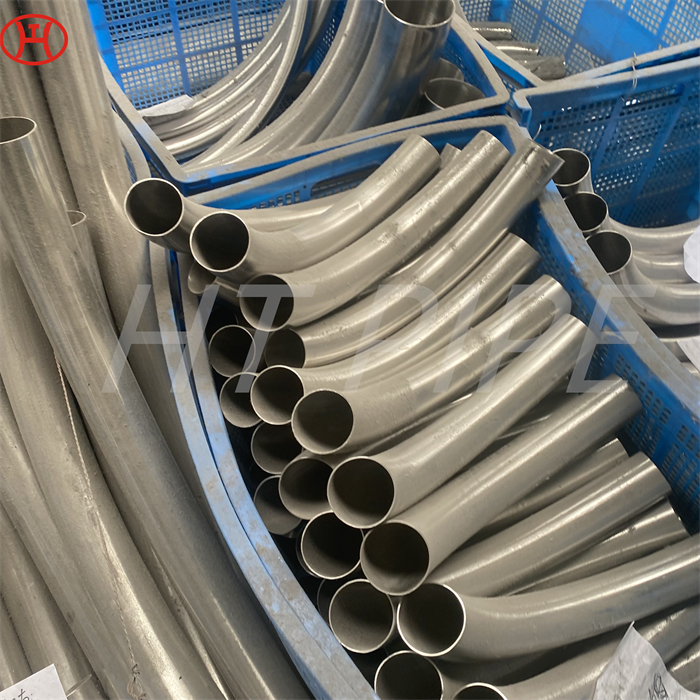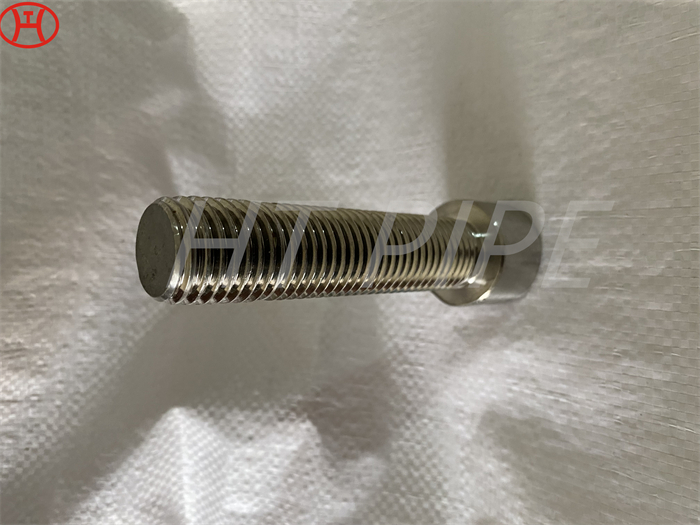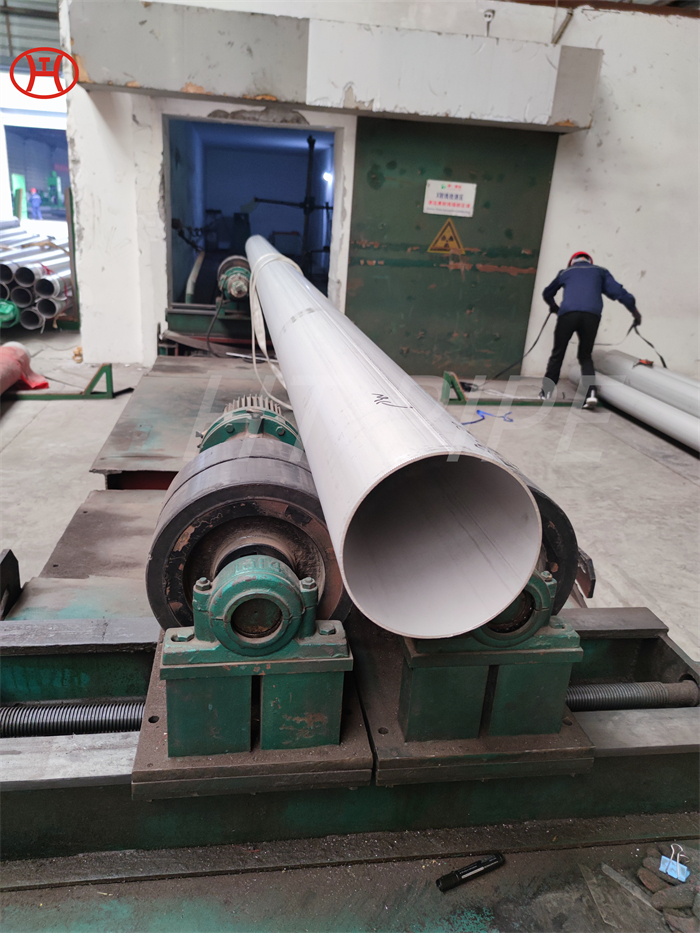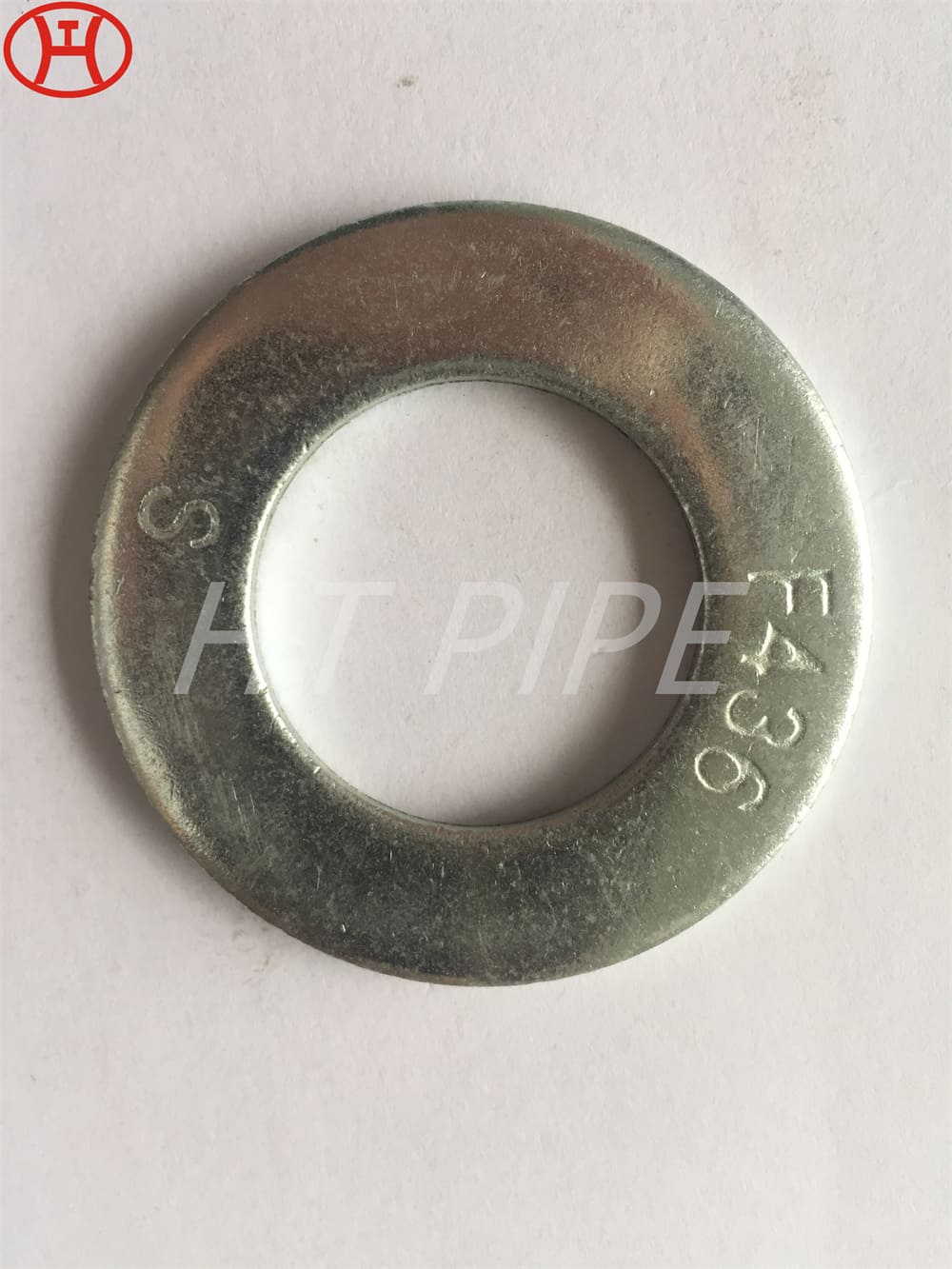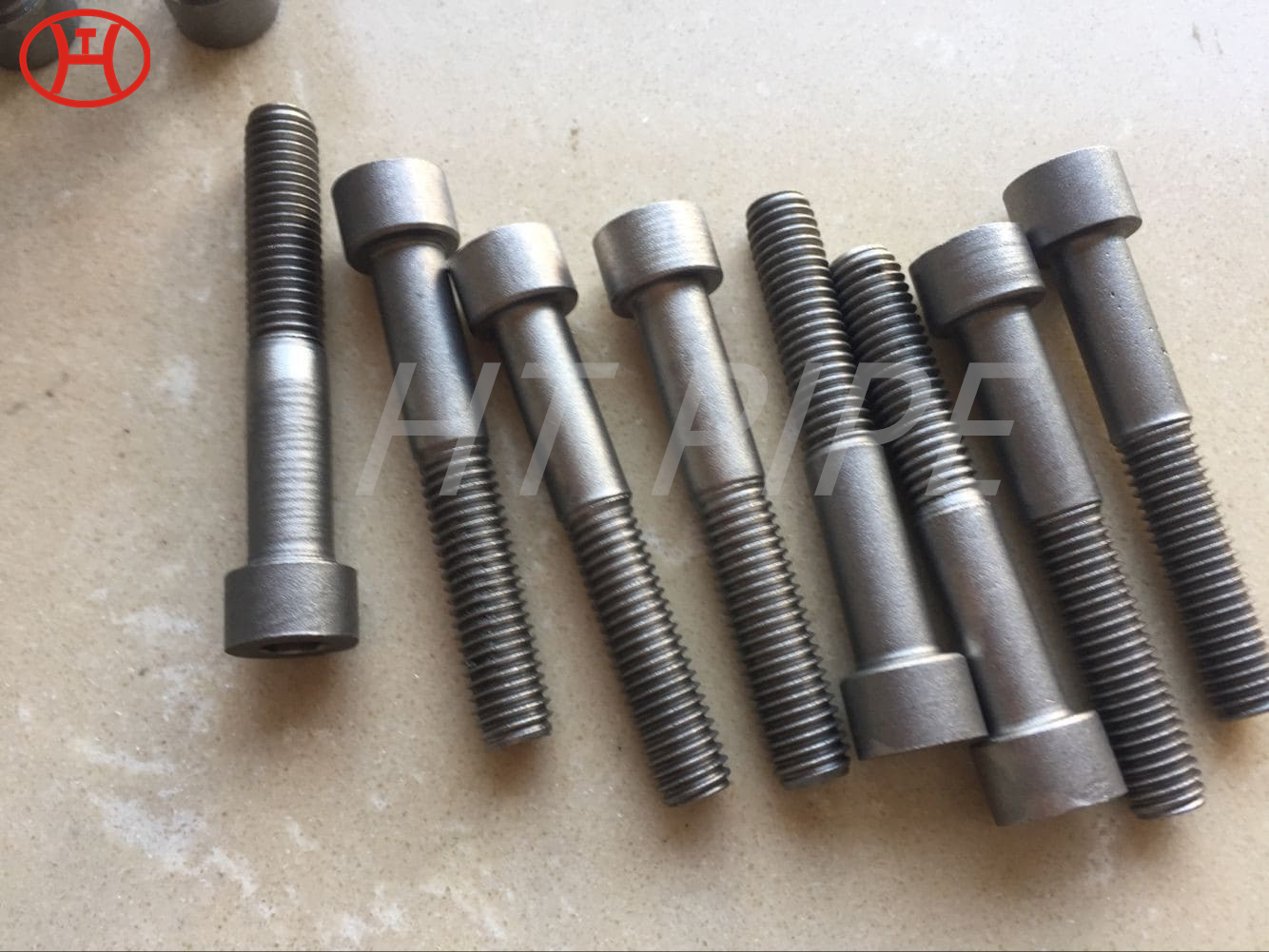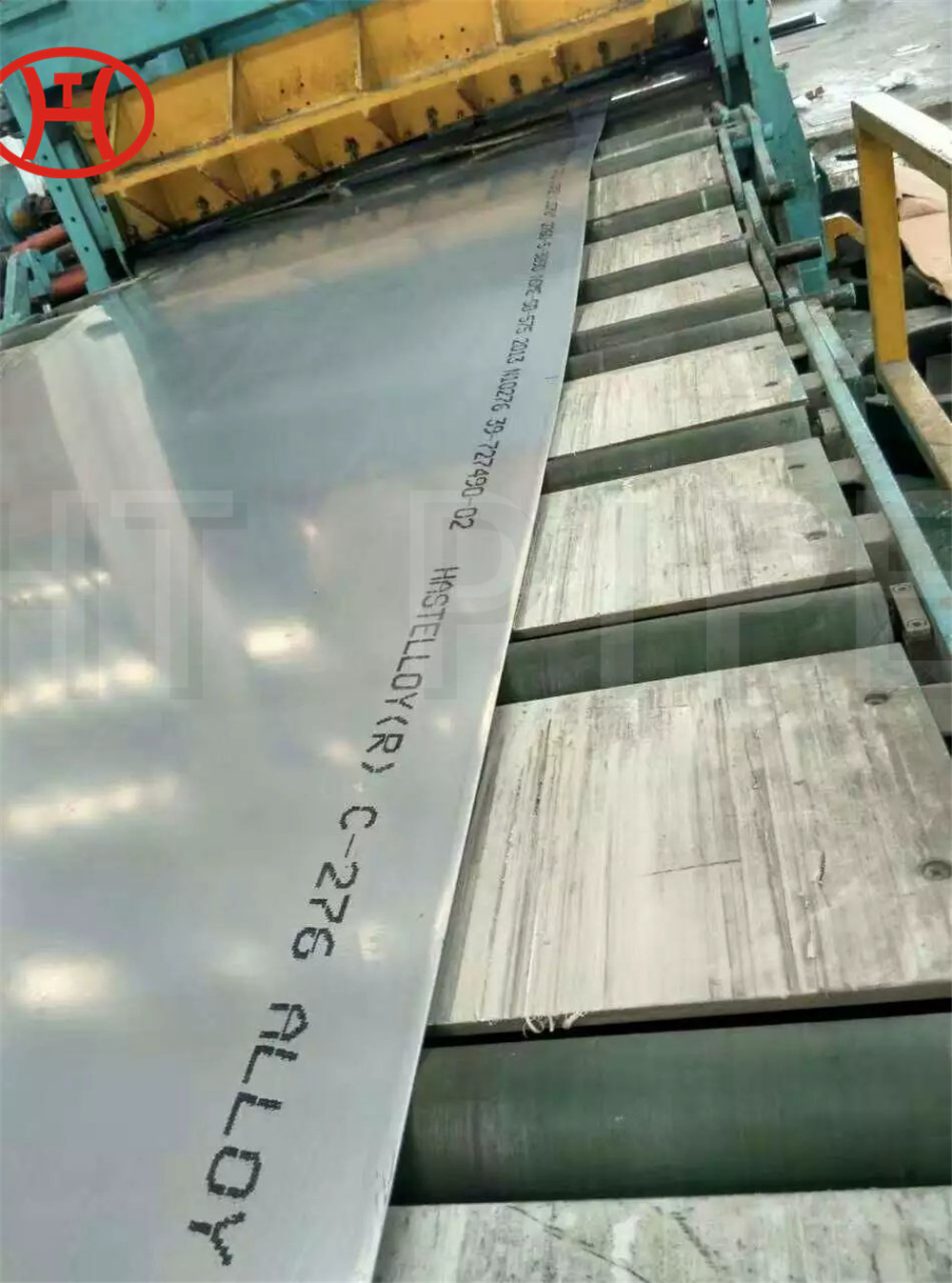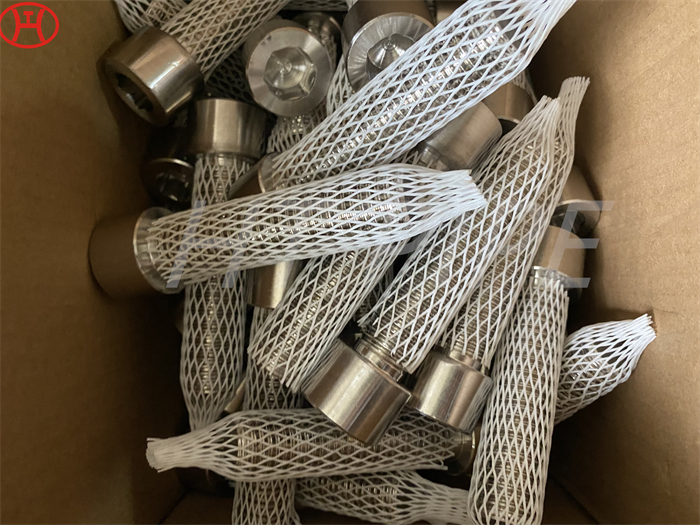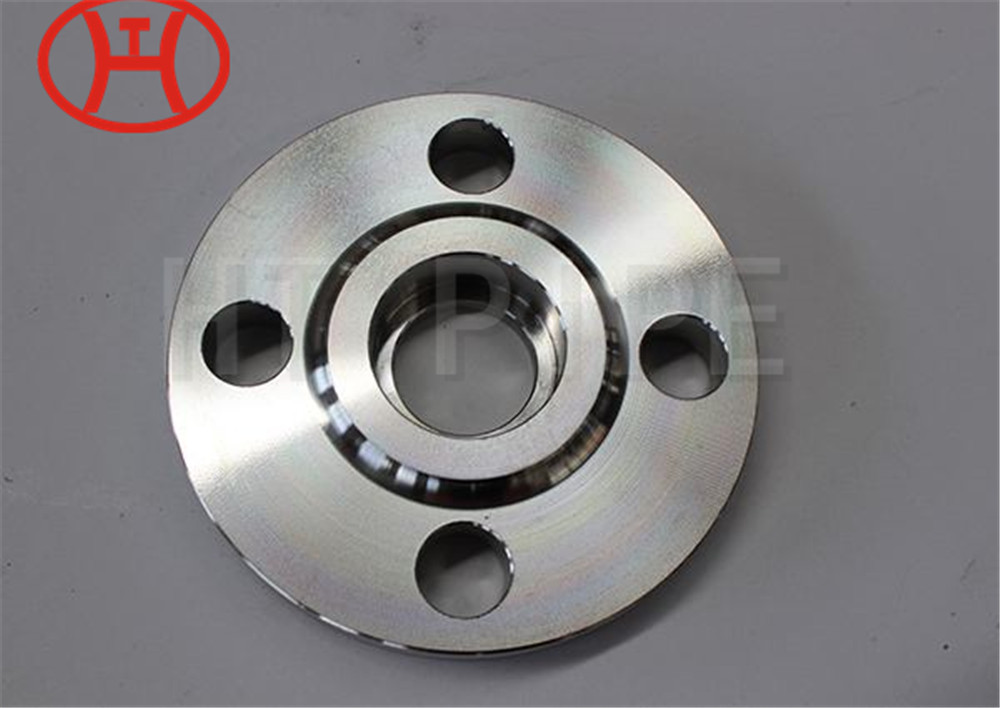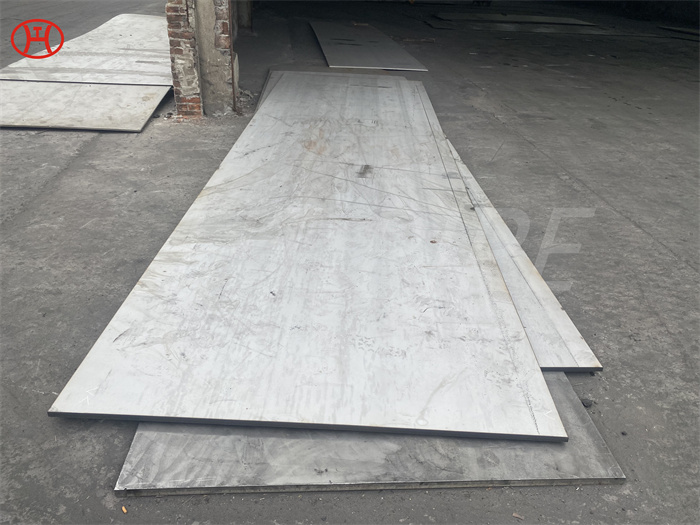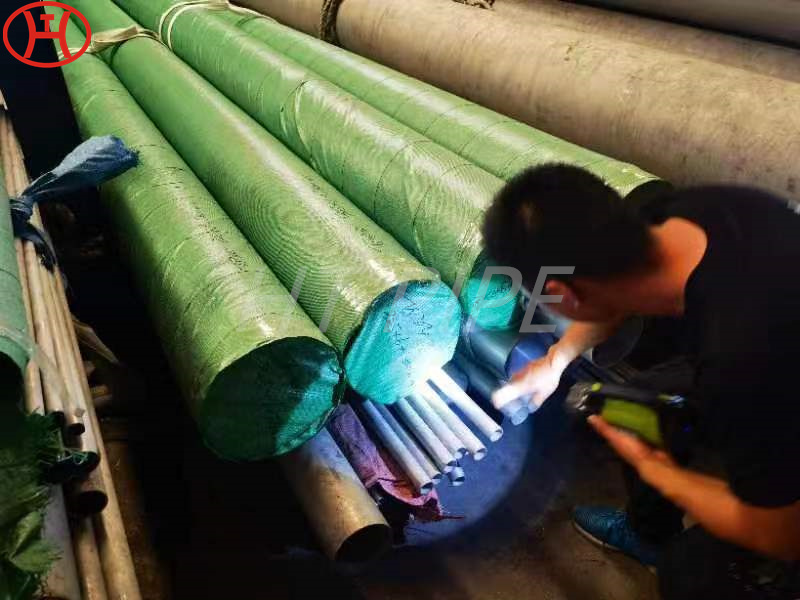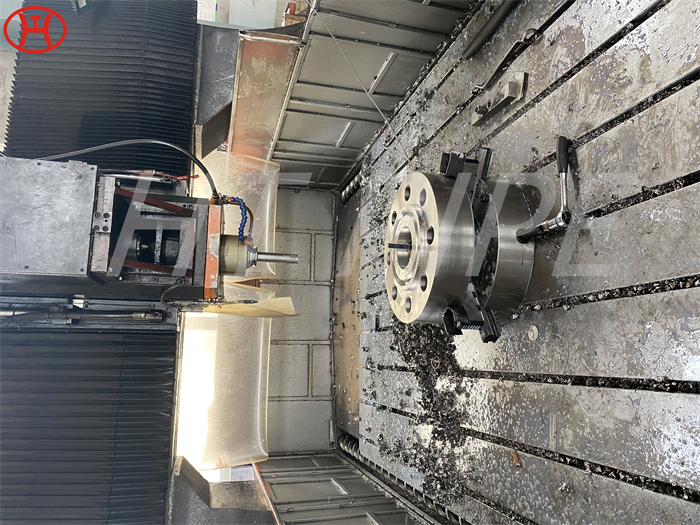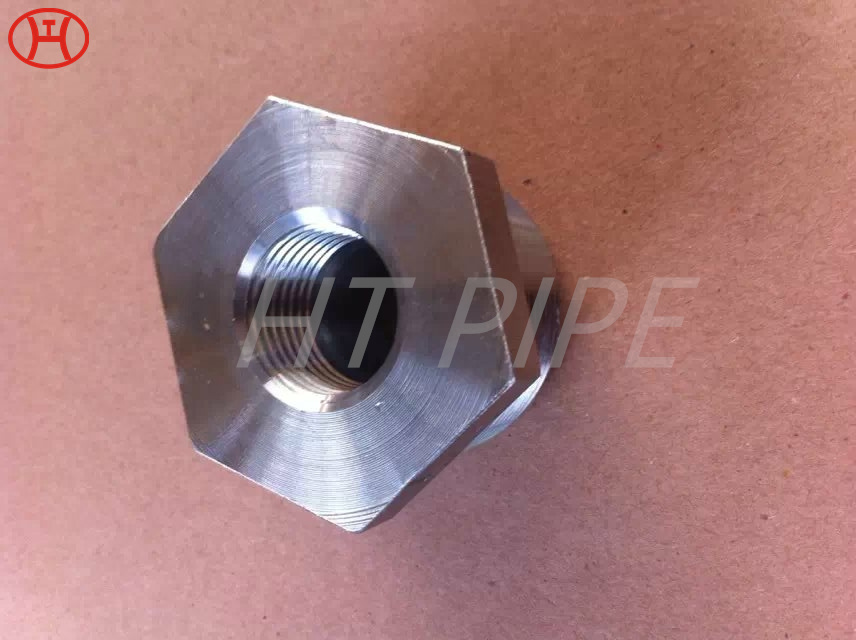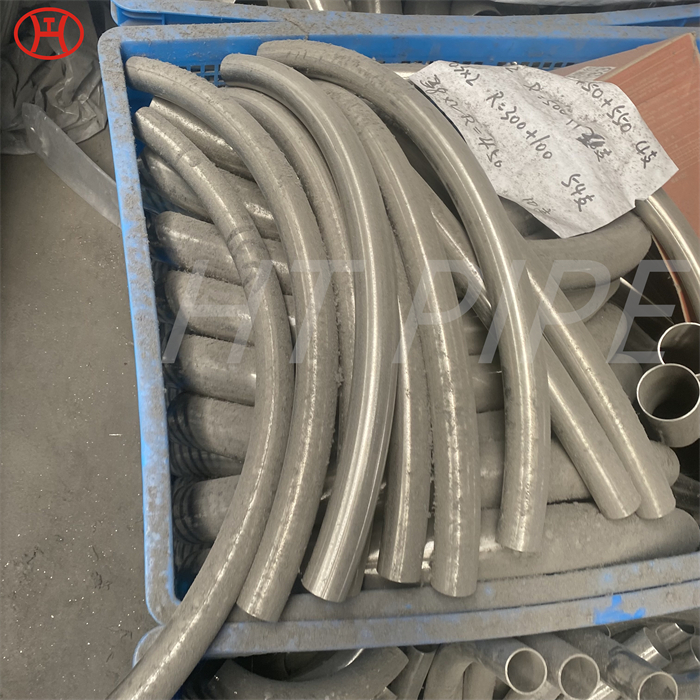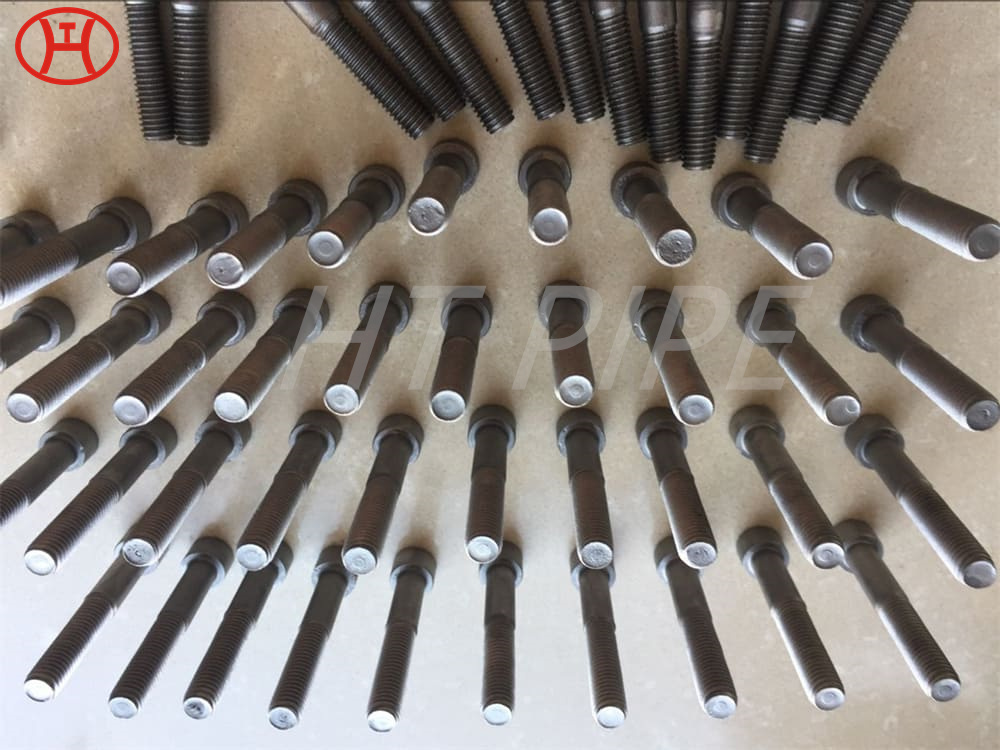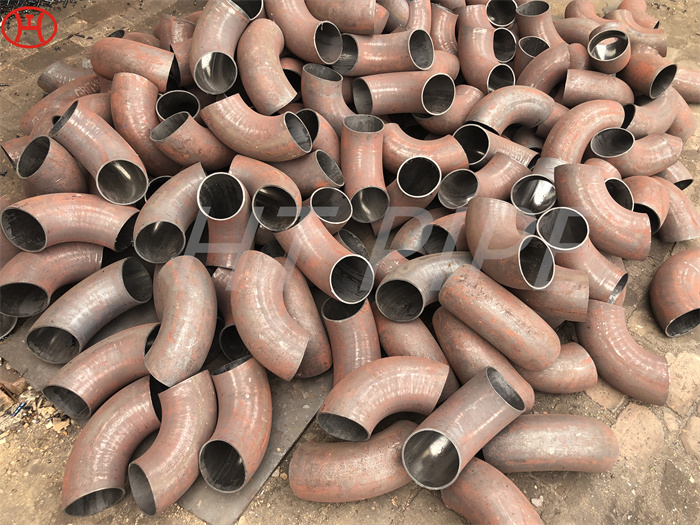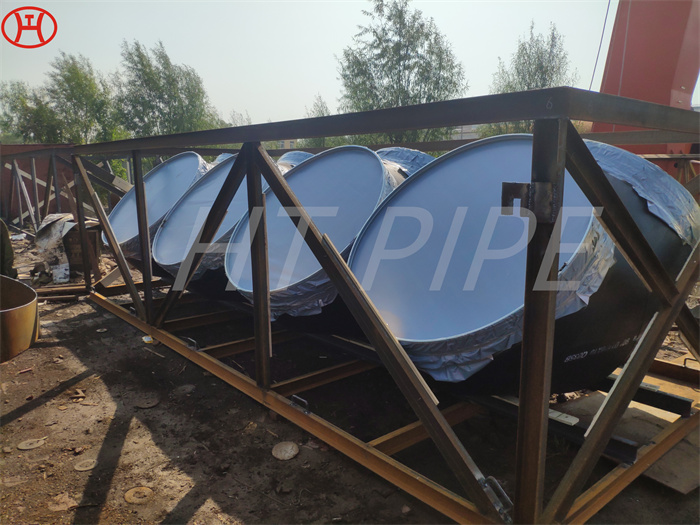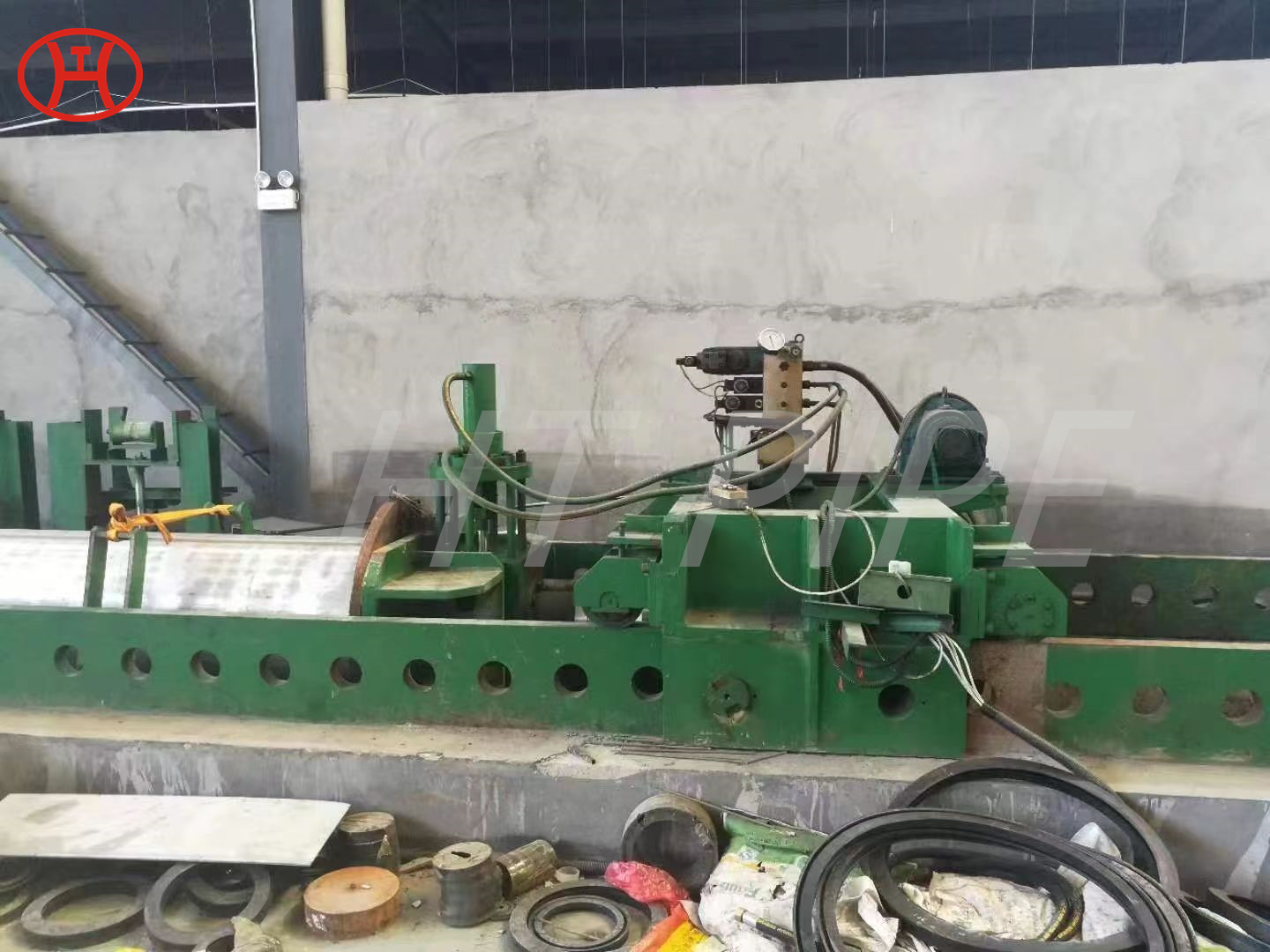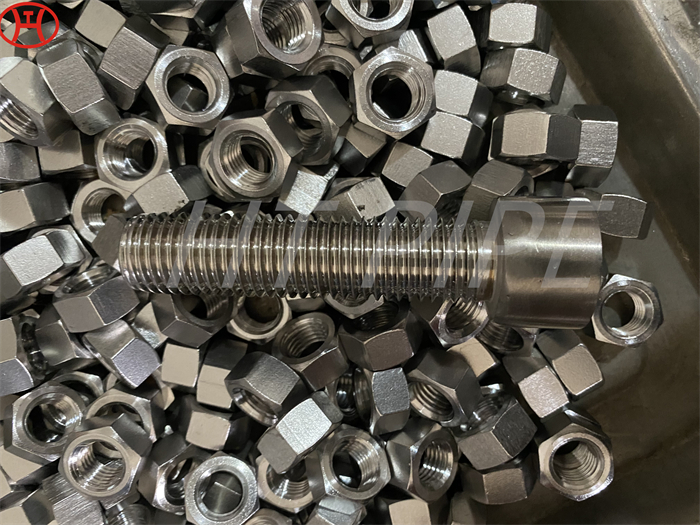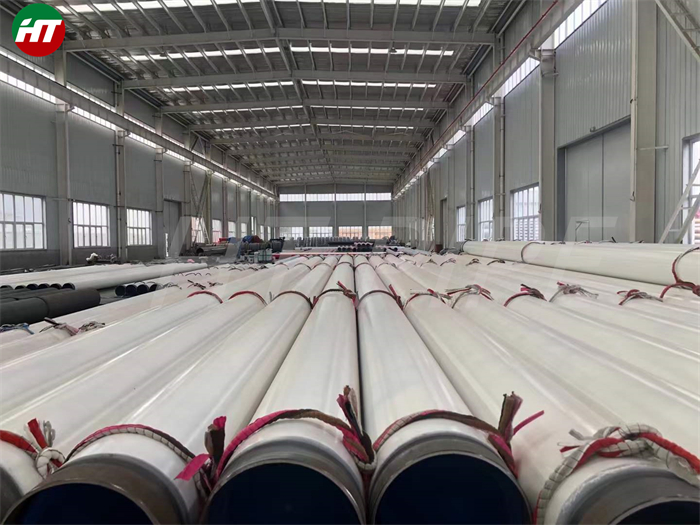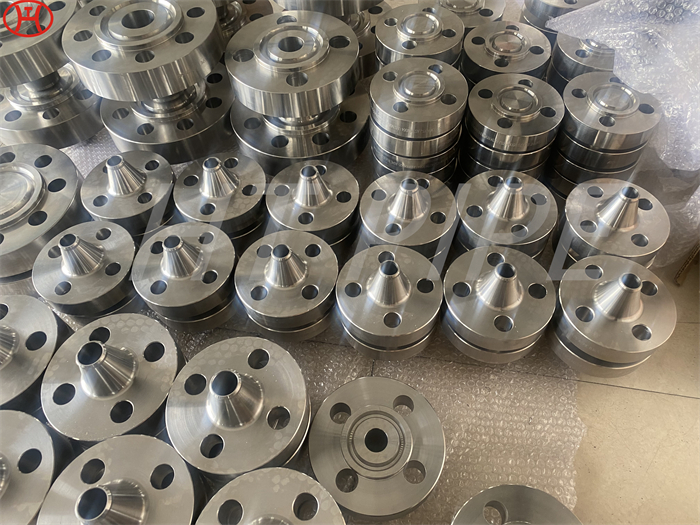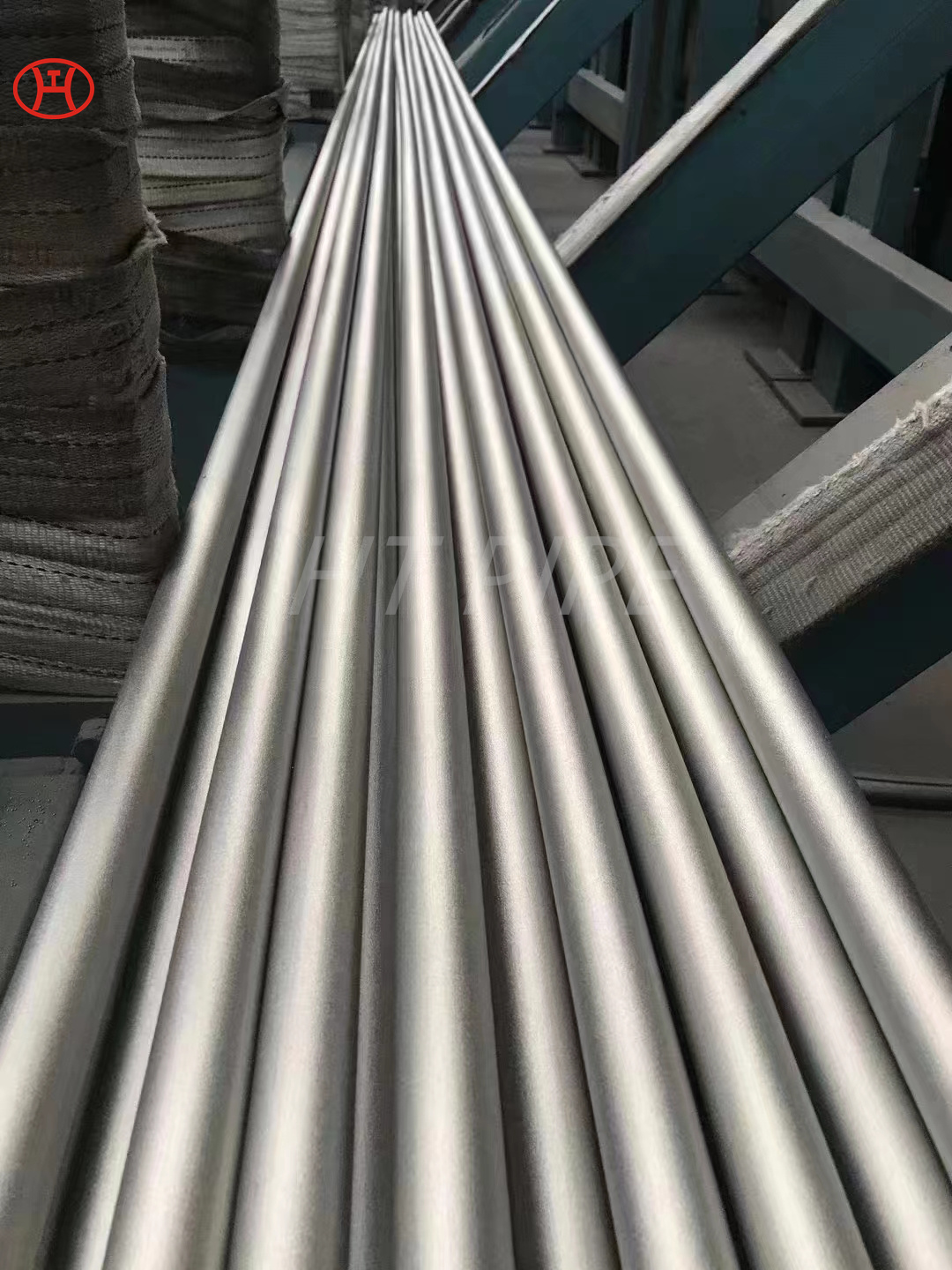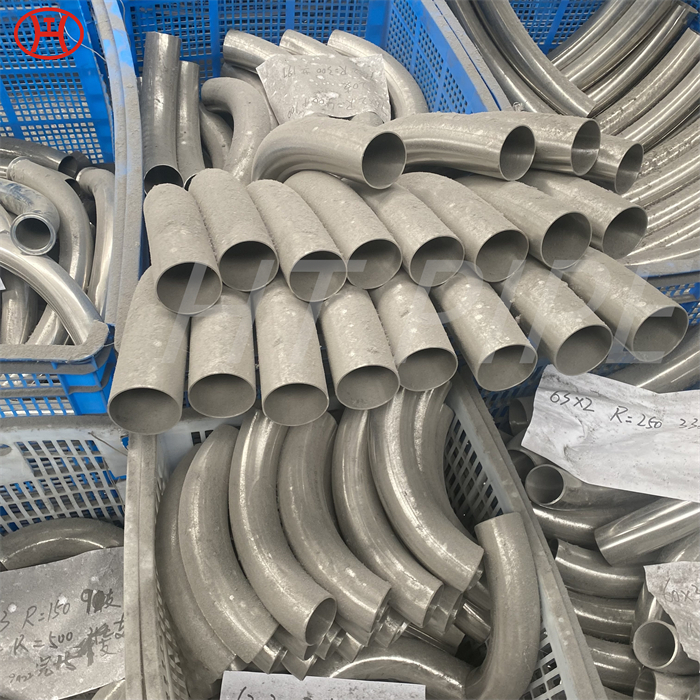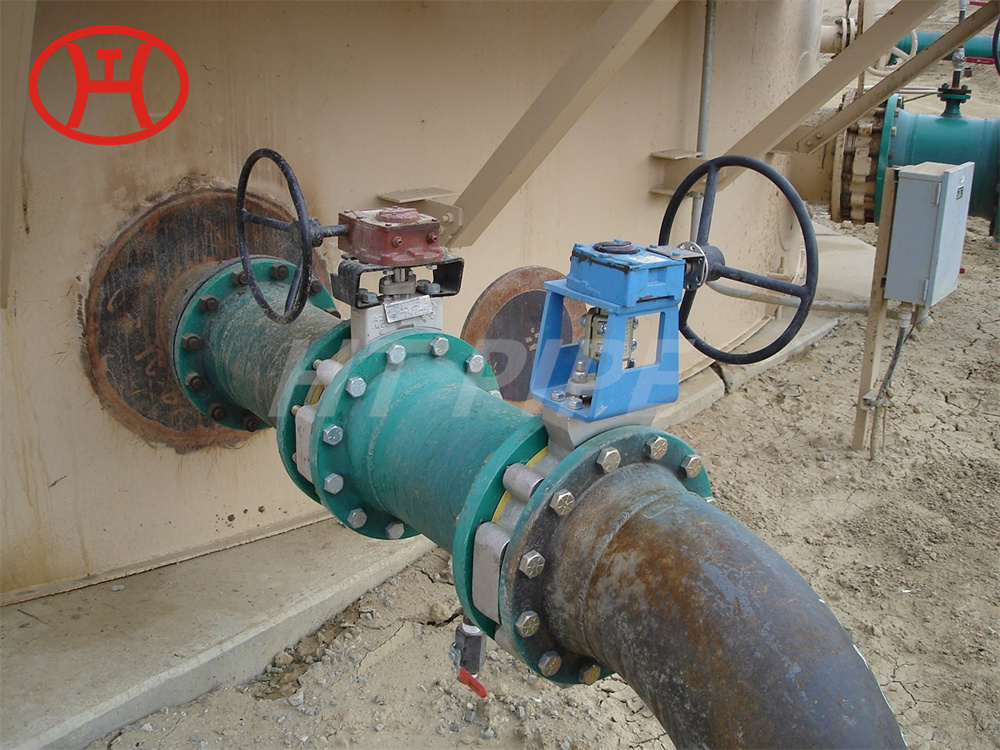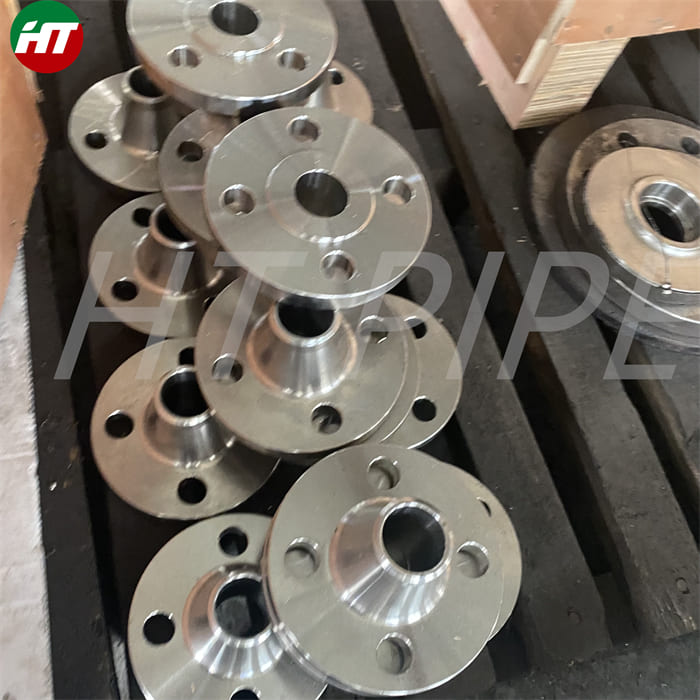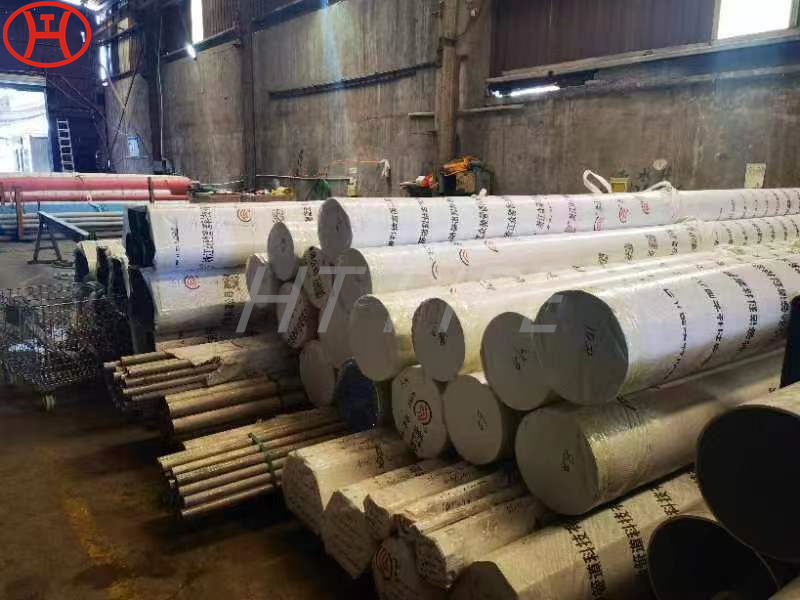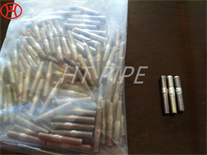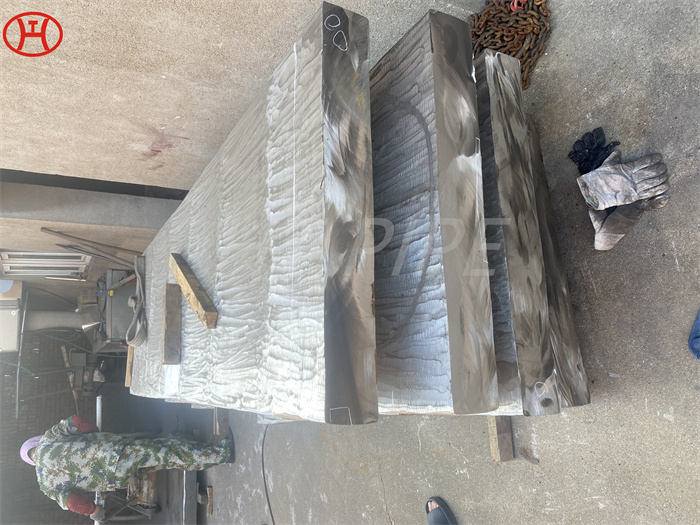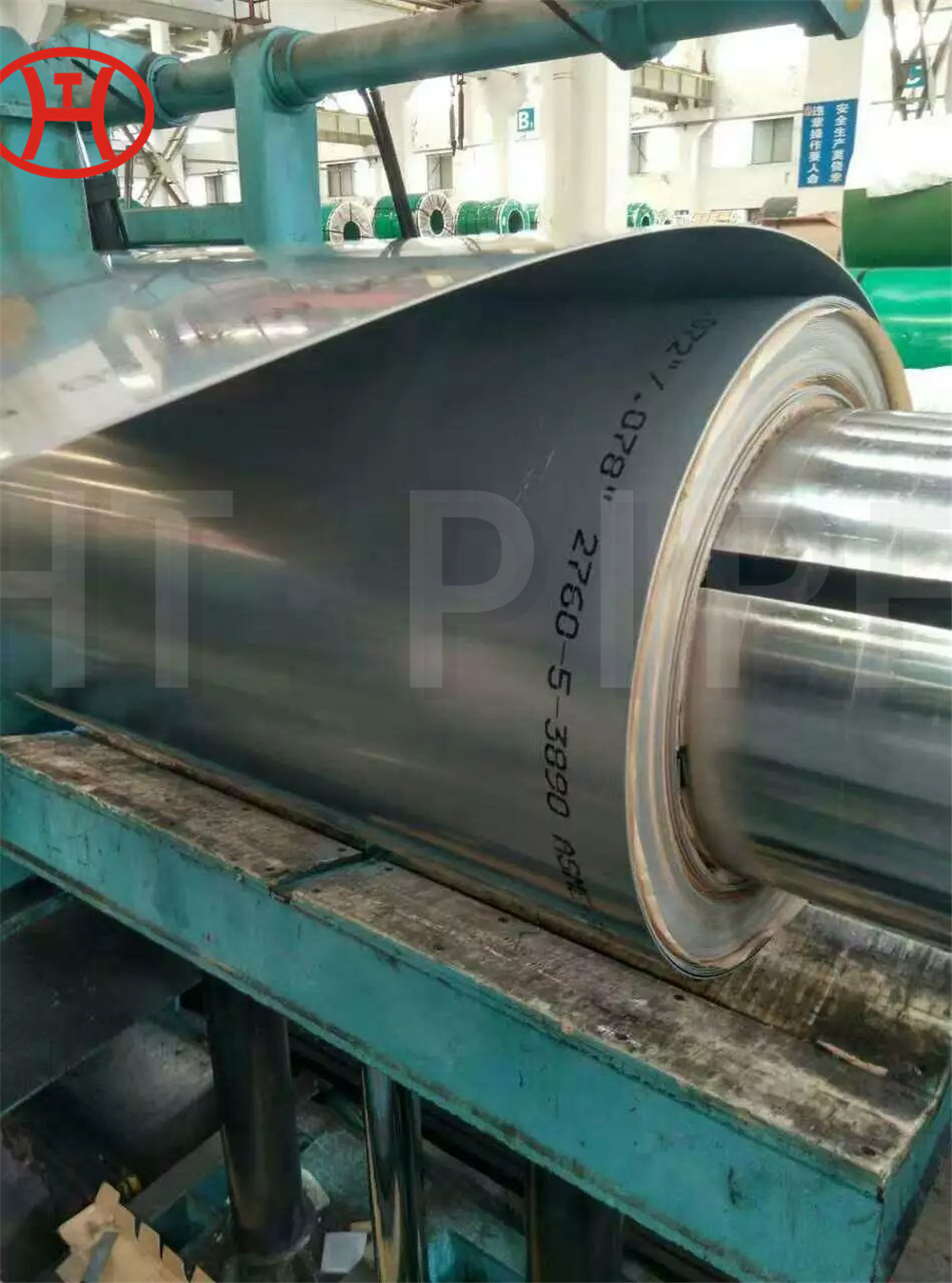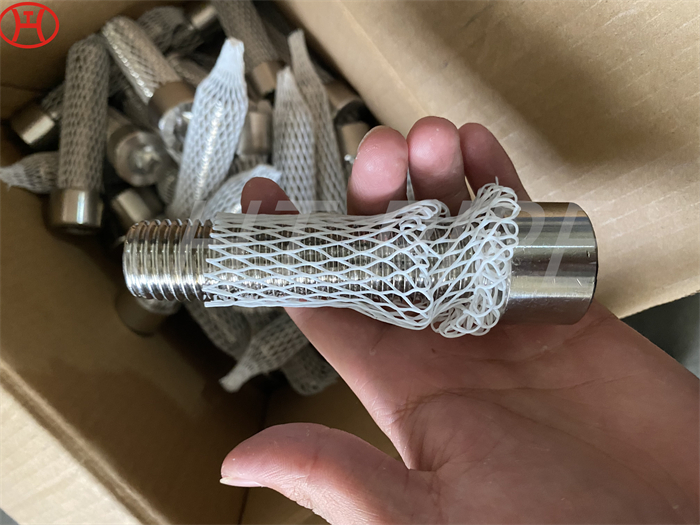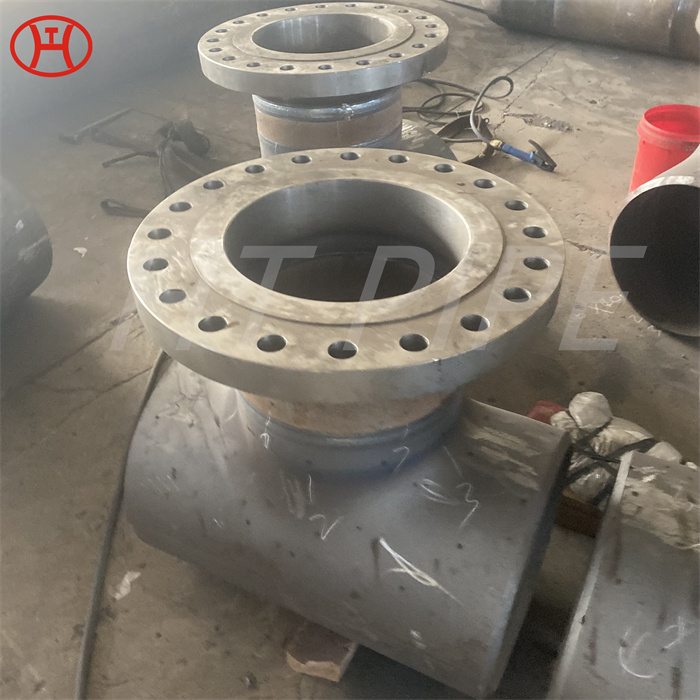ASTM B564 Hastelloy B3 Expander Flanges Alloy B3 Plate Flange
B3 Hastelloy Flanges has special chemistry designed to achieve high thermals stability than the Alloy B 2, performing in easier fabrication.
The Hastelloy C276 Flanges is amongst the most used flange type in the Hastelloy range. These flanges are designed to make use of high performance alloys, and the Alloy C276 Flanges have exceptional resistance to wet chloride gas, chlorine dioxide solutions, and hypochlorite. The ASTM B564 UNS N10276 Flanges has small additions of tungsten that helps it resist the growth of grain boundary precipitates that reduces corrosion resistance capabilities. The Hastelloy C22 Flanges offer better corrosion resistance to most other grades and is an upgraded version of the C276 Hastelloy grade. They are important flanges due to their outstanding versatility to resist pitting induced by chlorides. These flanges have good forming and welding features. Our offered flanges have nickel and molybdenum that offered excellent resistance to pitting, corrosion, oxidation, and stress corrosion cracking. These flanges also resist numerous acidic media such as sulfuric acid, phosphoric acids, formic etc.

